Costumes and Makeup
Designing Temporary Body Modification
Every day we get up and get dressed. We may think for hours, days, and weeks on what to wear. For some of us this process begins with the buying of garments, and for others it is a no-brainer because our likes are clear and our needs are simple. We modify our look with what we wear. It is our armor. We use it to protect ourselves from the weather, to suit our mood, and to shield our psyche from the world. As a costume designer, I know this to be true. I use this process to discover the characters I am designing for the productions for which I am involved. However, how many of us have considered it to be a type of body modification? It is temporary, but it is also modifying. We are visually changing how we are seen.
As costume designers, we modify an audience's perception of an actor for a few short hours. To the audience they become that character. In every performance, the actors become someone else and once the performance is finished, they return to being Joe or Jane Actor from Everyman, Planet Earth. Physically they are only changed for a short time. With the full embodiment of costumes and makeup, this actor may be changed for the rest of their lives. Costume design is a silent language. It speaks to an audience long before a word of the script is uttered and it deals with the actor from head to foot. Costumes and makeup give the audience insight into a character. Depending upon the role, the costumes and makeup may reveal truths or hide secrets. Costumes give us the determining factors and fates of the characters, and as designers we must visually tell the story.
I approach costume design from the elements of line, shape, mass, texture, value, and color. Tattoo, at its most basic, also deals with these elements of design because it begins with an idea that leads to a sketch.
I would argue that costume design and the wearing of costume is a temporary form of body modification. Tattoos are permanent and unlike costume, once someone has a tattoo they are never really naked. In many ways, the approach to tattooing and the approach to costuming an actor is the same: both modify the body and each deals how the respective artistry will change a viewer's perception of that person. Both costume and tattoo are silent languages. Again, costume informs an audience before the script does, and the same holds true for tattoo. The onlooker might think they know whom the person with tattoos might be or why those tattoos were obtained, but they'll never really know unless they get to know the tattooed. This isn't to say that every tattoo has significant meaning to the owner because that's not the case. Not every sock, corset, or vest in my costume design has significant meaning. Sometimes I simply like what I see and feel it fits the personality of my character.
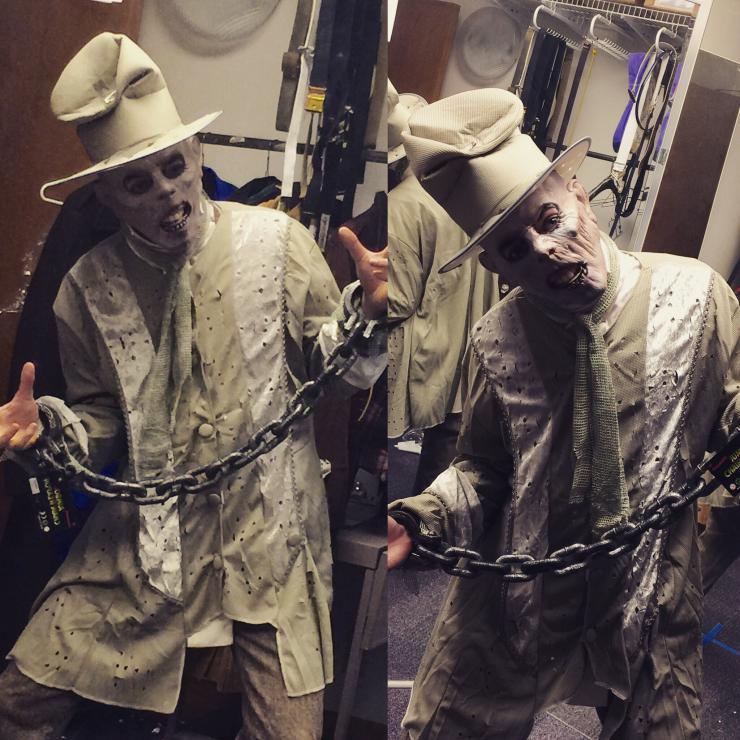
I approach costume design from the elements of line, shape, mass, texture, value, and color. Tattoo, at its most basic, also deals with these elements of design because it begins with an idea that leads to a sketch. Tattooers use these elements, but also use a strict rule of thirds: one-third black ink, one-third colored ink, and one-third skin. In my approach to costume design, I have a similar rule of thirds: one-third color, one-third texture, and one-third shape/mass. For me, this is what makes for an interesting costume design. This is my “golden mean” and from it I create symmetry, proportion, and harmony.
The temporary body modification of costume design starts from the undergarment layer and moves outward to the fashion layer. For any non-musical set before 1920, actors may deal with layers of undergarments—from a chemise to a corset to multiple layers of petticoats. The weight of these garments can be as little as five pounds to as much as fifteen depending on the style. That weight alone changes how an actor walks and sits. Then add a wig, shoes, and finally the fashion outer garment with shaping pads and your actor could end up with a five-foot radial footprint! Recently, I designed a production of Uncle Vanya set in 1905. The actress portraying Elena wore a corset, corset cover, bloomers, a bustle pad, and two layers of petticoats with extensive dust ruffles to create the overall silhouette. Her radial footprint was just shy of four and one half feet.
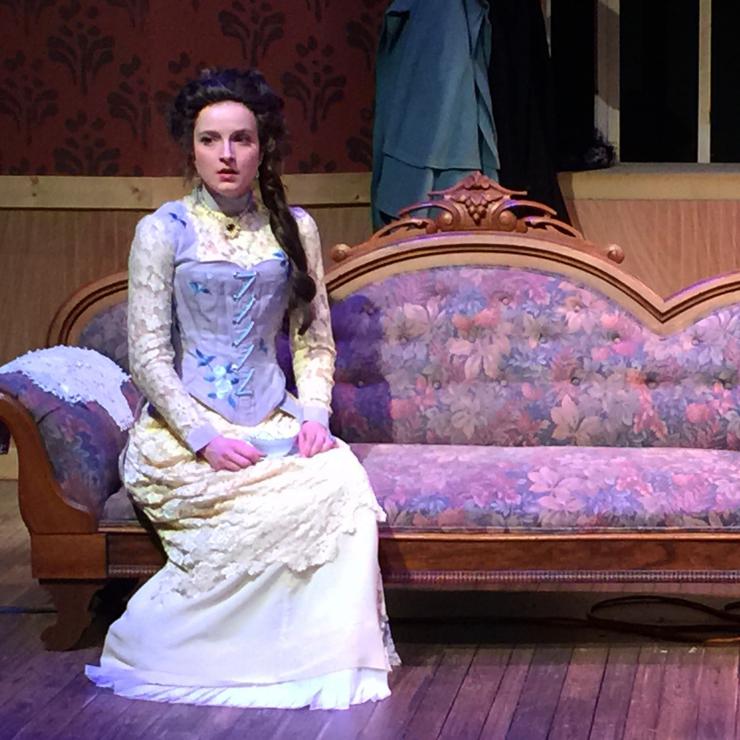
She’s wearing minimal makeup and costumed in the period of her character.
Photo by M.L. Hart.
Now if we change the style of the play from a straight play to a musical then, as costume designers, we are doing something wholly different. The corsets no longer have rigid boning and the materials from which the petticoats are made must be lighter because often actors must perform complicated dance routines involving high kicks, floor slides, and being thrown into the air. For example, my design for The Pirates of Penzance where the female chorus looked like porcelain dolls, but still had to dance extensively with the pirate chorus. Here the modifications of costume were still present, however, the materials used were lightweight and moveable to better fit the needs of the show and the dancers.
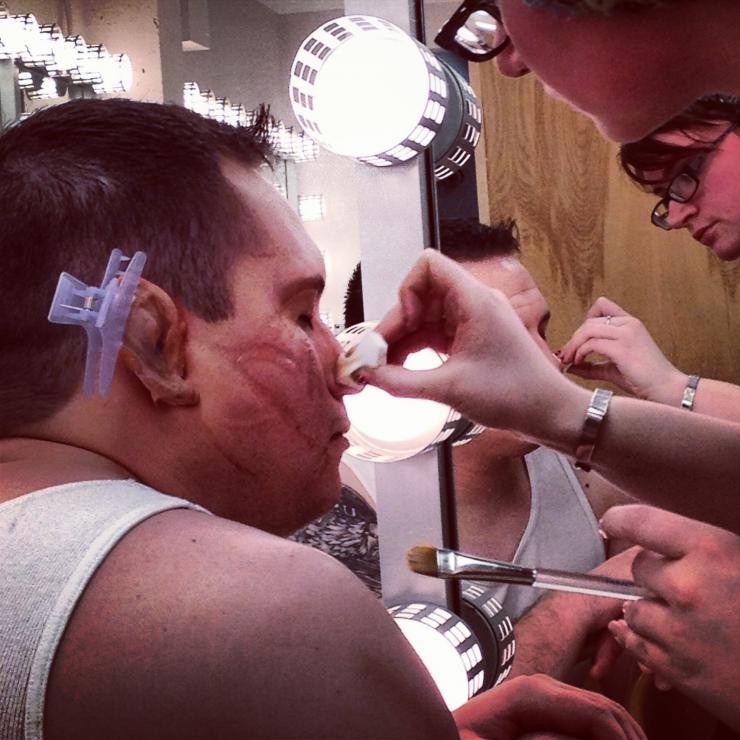
Lorien Schaeder (also pictured) is the Makeup Designer. Photo by M.L. Hart.
Makeup and wigs are also temporary modifications changing an audiences’ perception of the actor. We see it in just about every movie we watch, but in theatre this is recreated for every performance. In Fuddy Meers, the character of Limping man must appear scarred and show visible damage to his ear. At Western Washington University, our production was performed in a black box on a traditional thrust stage with the audience less than two feet from the performers; so the makeup prosthetic needed a realistic appearance. The use of makeup and wigs aids an actor in completing their embodiment of the character they are portraying. Today many young actresses at the college level have hairstyles and colors that are not conducive to the styles of a hundred years ago. Wigs, when worn and styled properly, benefit the costume modification. The costumes, wigs, and makeup should disguise the appearance of the actor and if the audience doesn’t recognize the actor off the stage then no higher compliment can be given to the costume designer.


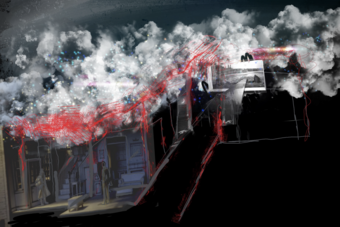


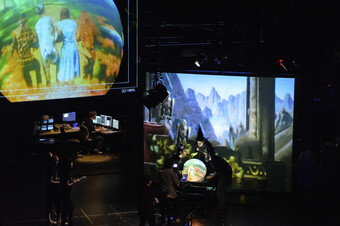



Comments
The article is just the start of the conversation—we want to know what you think about this subject, too! HowlRound is a space for knowledge-sharing, and we welcome spirited, thoughtful, and on-topic dialogue. Find our full comments policy here